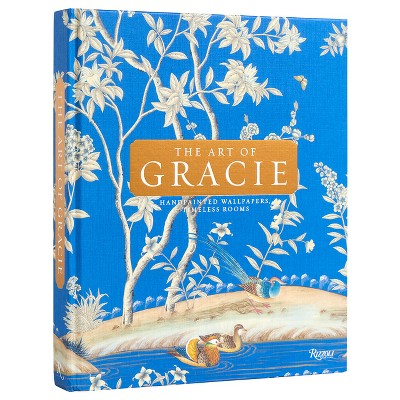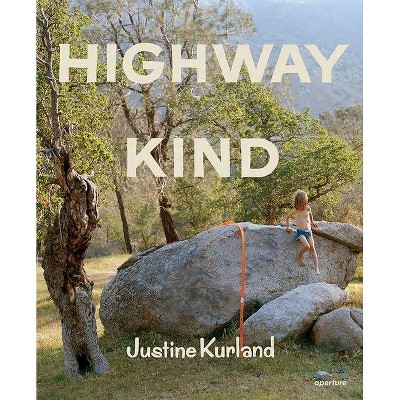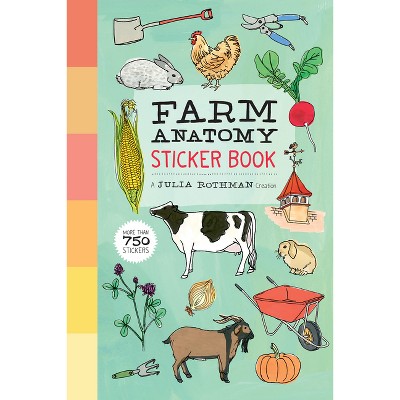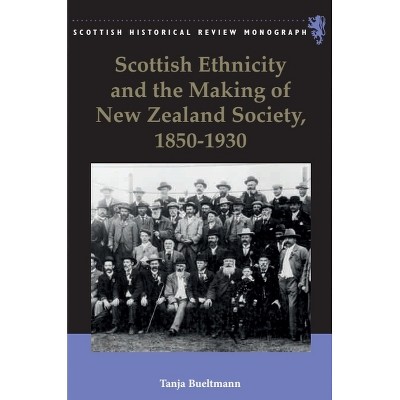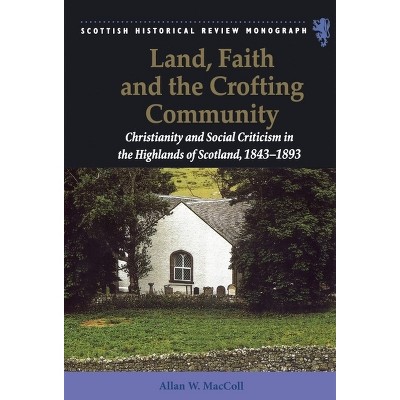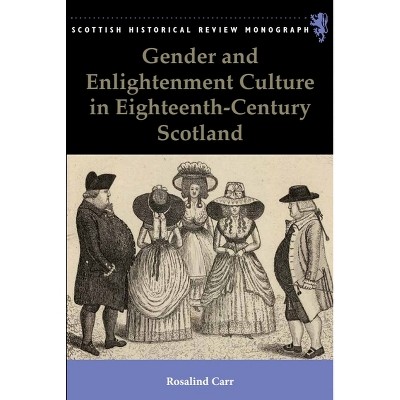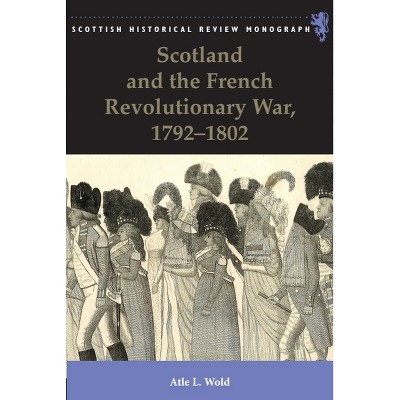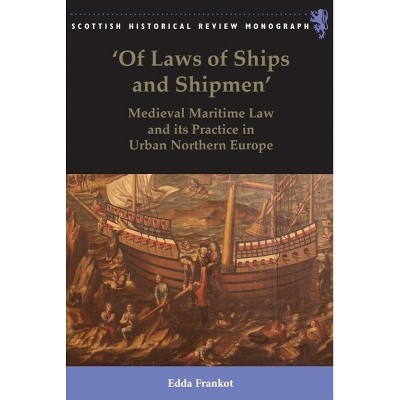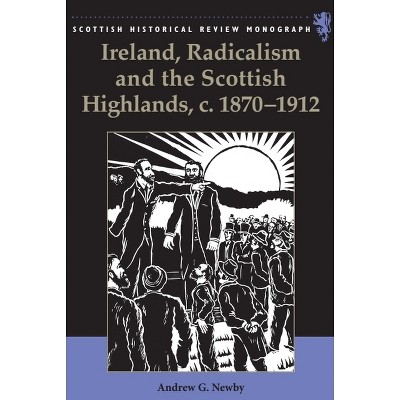Sponsored

The Sutherland Estate, 1850-1920 - (Scottish Historical Review Monographs) by Annie Tindley (Paperback)
Pre-order
Sponsored
About this item
Highlights
- From the mid-nineteenth century until the end of WWI, the Sutherland Estate was the largest landed estate in western Europe; at 1.1 million acres, the ducal family owned almost the entire county of Sutherland as well as a further 30,000 acres in England.
- About the Author: Annie Tindley is Professor of British and Irish Rural History at Newcastle University and Head of the School of History, Classics & Archaeology.
- 200 Pages
- Art, Criticism & Theory
- Series Name: Scottish Historical Review Monographs
Description
About the Book
This volume is a study of the Sutherland Estate, one of the most famous landed estates in the Highlands and Britain as a whole, principally for its leading role in the Highland Clearances of the early nineteenth century.Book Synopsis
From the mid-nineteenth century until the end of WWI, the Sutherland Estate was the largest landed estate in western Europe; at 1.1 million acres, the ducal family owned almost the entire county of Sutherland as well as a further 30,000 acres in England. The estate was owned by the dukes of Sutherland, who were among the richest patrician landowners of the period; from the early nineteenth century, however, the family were shadowed by their reputation as great clearance landlords, something that would come back to haunt them throughout the coming decades. This book: *studies the workings of the estate management and policy formation in the face of challenges from their crofting tenants, the land reform lobby and government agencies; *asks whether the ducal family experienced a 'decline and fall' as argued for the British aristocracy generally in the period;*examines a crucial period of Highland history from the neglected perspective of an estate, using estate papers, newspapers, crofter sources, and government records.The Sutherland estate was the largest and most infamous clearance estate in Britain and this book will appeal to history scholars and general readers interested in estate management and the decline of the aristocracy.From the Back Cover
From the mid-nineteenth century until the end of WWI, the Sutherland Estate was the largest landed estate in western Europe; at 1.1 million acres, the ducal family owned almost the entire county of Sutherland as well as a further 30,000 acres in England. The estate was owned by the dukes of Sutherland, who were among the richest patrician landowners of the period; from the early nineteenth century, however, the family were shadowed by their reputation as great clearance landlords, something that would come back to haunt them throughout the coming decades. This book: *studies the workings of the estate management and policy formation in the face of challenges from their crofting tenants, the land reform lobby and government agencies; *asks whether the ducal family experienced a 'decline and fall' as argued for the British aristocracy generally in the period; *examines a crucial period of Highland history from the neglected perspective of an estate, using estate papers, newspapers, crofter sources, and government records. The Sutherland estate was the largest and most infamous clearance estate in Britain and this book will appeal to history scholars and general readers interested in estate management and the decline of the aristocracy. Dr Annie Tindley is Lecturer in History, Glasgow Caledonian University.Review Quotes
Tindley's work is an excellent addition to Highland historiography, the clearances, and Highland estates generally.--Lisa Cox, University of Guelph
A volume in the admirable Scottish Historical Review monographs series, this book, then, fills a significant gap, while also providing economic, rural, and agricultural historians with a useful in-depth case study of a very large aristocratic estate and its practices of management.--Paul Readman, King's College, London "Journal of British Studies"
As well-written as it is authoritative, it is both an important contribution to understanding of the Highlands and a persuasive proof (even to this longstanding sceptic) that there is much of value to be extracted from the documentation generated by estate managements.--James Hunter, UHI Centre for History "Scottish Historical Review"
This book represents an important contribution to the period in question and is, moreover, a thoroughly enjoyable read. It will be of relevance to anyone with a keen interest in the modern history of the Highlands and Islands.--Catriona Mackie - University of Liverpool "History Scotland Vol 12 No 2"
Until now, little has been written on Highland estate management in the post-1860 period. This book fills a gap in the historiography by presenting a nuanced and readable analysis of estate structures and the difficulties of creating a viable economy, let alone a profitable estate, in the far north during dramatic years of economic fluctuations, crofter agitation and unprecedented government intervention. Through this study, Tindley takes her place with historians such as James Hunter, Ewan Cameron and Eric Richards in debating the nature of the nineteenth-century Highlands.--Elizabeth Ritchie, University of the Highlands and Islands "Journal of Scottish Historical Studies"
This is a contribution to the historiography of modern Highland Scotland of the very highest quality.--TM Devine FRSE HonMRIA FBA, Sir William Fraser Professor of Scottish History and Palaeography, University of Edinburgh
This is gripping and uncommonly readable Highland history, derived from insider sources, and by one of the new generation of historians of the north of Scotland.--Professor Eric Richards, Flinders University, Adelaide, South Australia
About the Author
Annie Tindley is Professor of British and Irish Rural History at Newcastle University and Head of the School of History, Classics & Archaeology. Her work interrogates land issues in the modern period including ownership, management and reform. In 2015 she established and became the first director of the Centre for Scotland's Land Futures, an inter-institutional and interdisciplinary research centre, and is the series editor for Scotland's Land, an interdisciplinary book series published by Edinburgh University Press. She is the author of The Sutherland Estate, 1850-1920 (Edinburgh University Press, 2010), and Lachlan Grant of Ballachulish, 1871-1945 (co-edited with Ewen A. Cameron, Birlinn, 2015).
Shipping details
Return details
Trending Non-Fiction





